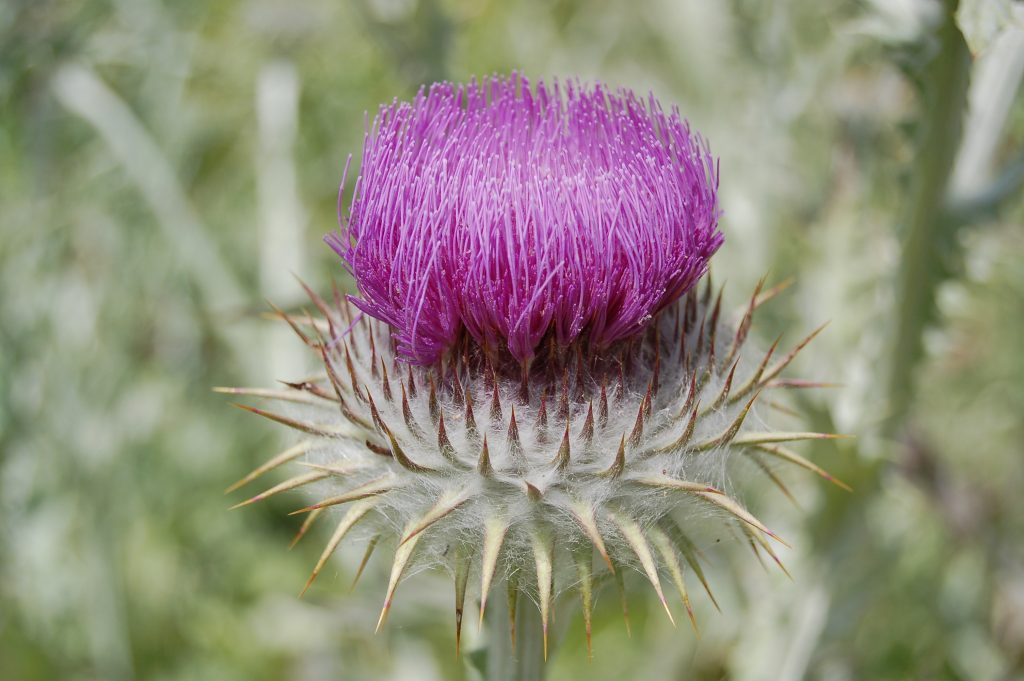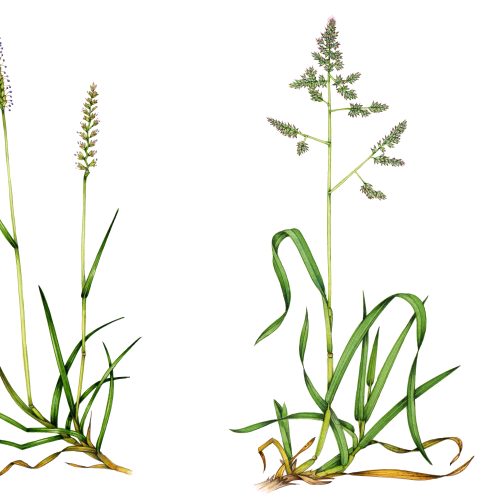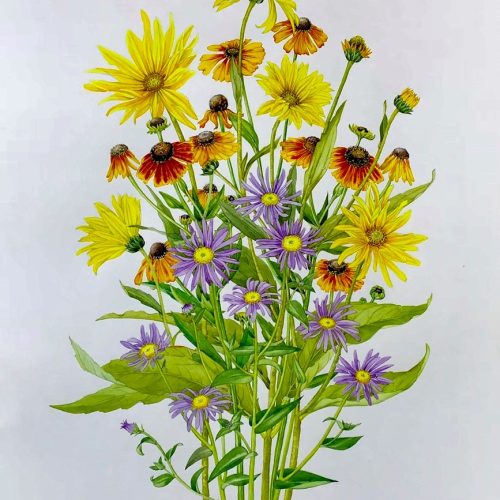Location: Classroom
About the course
By July many of our finest native plants have finished flowering, with the notable exception of glorious shows of thistles, ragworts, dandelions and mayweeds. The Asteraceae is the biggest flowering plant family in the world and is also the family that is most strongly represented in the British Isles. It therefore seems appropriate for anyone seriously interested in our native flora to feel confident in identifying them. Despite the apparent confusion between hawkweeds and hawkbits, mayweeds and chamomiles, this is not in fact a difficult task to do! Much of the course will be devoted to helping participants increase their confidence and competence in using scientific keys to identify the look-alikes that are such a notorious feature of this family. The Botanic Garden harbours a rich selection of members of this family, and studying garden species often helps to put our native species into better perspective.
This course is suitable for those who have previously shied away from these notorious look-alikes.
About the tutor
Ros Bennett is a freelance botanist and ecologist whose work has taken her to many parts of the globe. Her expertise lies principally in the native floras of Europe. She runs plant taxonomy courses for professionals and amateurs in many branches of botany. Her regular clientele includes professional ecologists, amateur naturalists, ethnobotanists, postgraduate students and trainee gardeners. She works on behalf of many organisations – in particular the Field Studies Council, Kent Wildlife Trust, various ecological consultancies and universities (most recently – Birmingham, Kent, Manchester Metropolitan and Cambridge).
Bookings for this course will close on 22 June

Please take the time to read our course cancellations and refunds policy.
Please note that once this course has been filled, you can email education@botanic.cam.ac.uk to be added to a waiting list.




